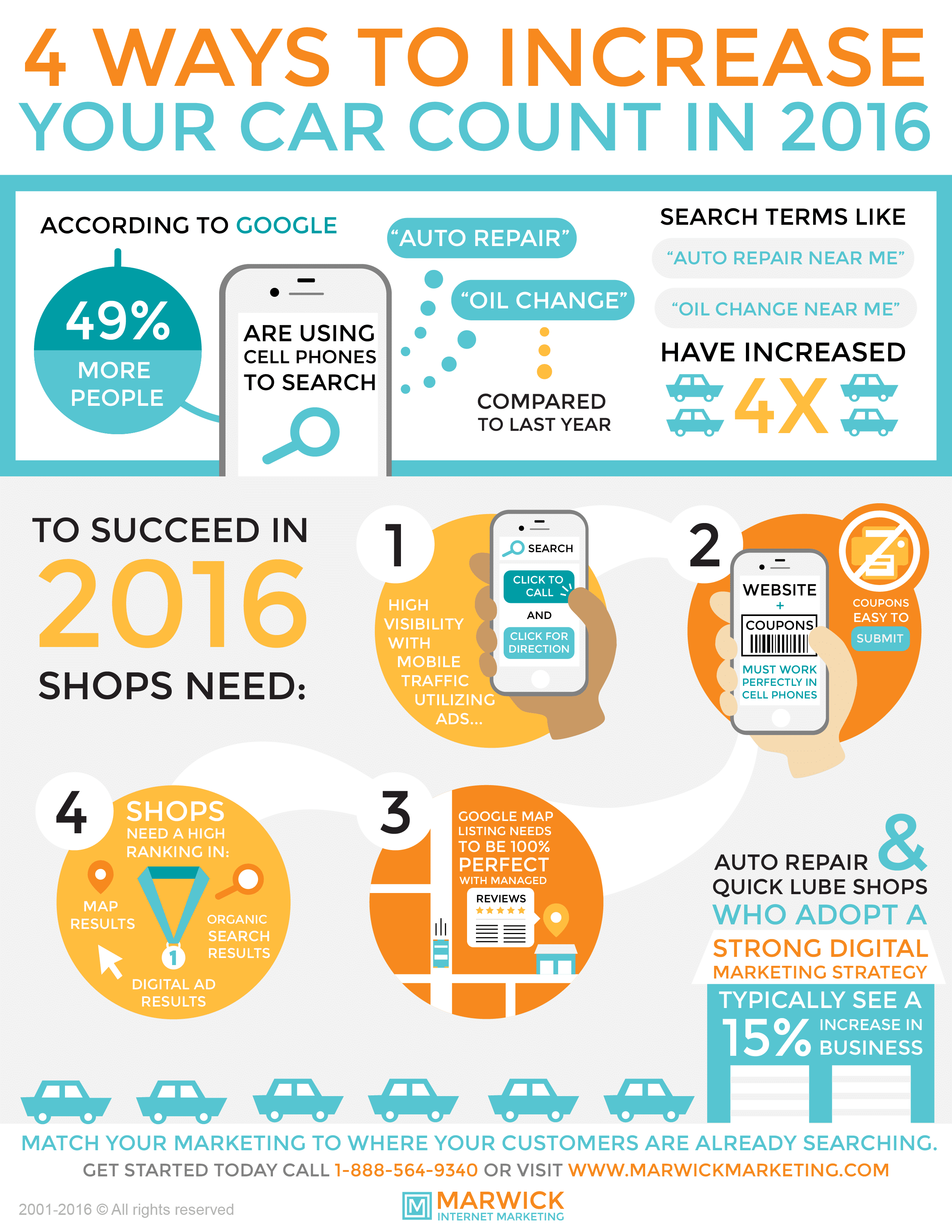Analyzing Your Auto'S Alert Lights: Their Real Effects
Analyzing Your Auto'S Alert Lights: Their Real Effects
Blog Article
Post Created By-Hartley Winters
When you're behind the wheel, those glowing warning lights on your dashboard can be a bit complicated. Do you recognize what they're attempting to tell you regarding your cars and truck's health? Comprehending the importance of these lights is essential for your safety and the durability of your vehicle. So, the following time among those lights turns up, wouldn't you want to decode its message properly and take the necessary steps to address it?
Common Warning Lighting and Interpretations
Recognize typical warning lights in your cars and truck and understand their definitions to make sure risk-free driving.
One of the most typical caution lights consist of the check engine light, which indicates issues with the engine or exhausts system. If this light comes on, it's vital to have your car inspected promptly.
The oil pressure warning light suggests reduced oil stress, needing instant interest to avoid engine damages.
A flashing battery light might recommend a damaged charging system, possibly leaving you stranded if not dealt with.
The tire stress tracking system (TPMS) light notifies you to low tire pressure, impacting lorry security and fuel efficiency. Overlooking cargrooming could bring about risky driving conditions.
The abdominal light suggests a problem with the anti-lock braking system, compromising your capability to quit promptly in emergencies.
Lastly, the coolant temperature level warning light warns of engine getting too hot, which can lead to extreme damages if not settled quickly.
Comprehending these usual warning lights will aid you attend to issues immediately and maintain risk-free driving conditions.
Significance of Prompt Focus
Comprehending the typical caution lights in your automobile is just the initial step; the relevance of without delay resolving these cautions can not be stressed sufficient to guarantee your safety and security on the road.
When https://brake-shop-near-me72716.onzeblog.com/30290716/deciphering-your-vehicle-s-caution-indicators-what-they-absolutely-symbolize brightens on your control panel, it's your vehicle's method of communicating a prospective problem that requires interest. Neglecting these warnings can bring about extra serious issues down the road, compromising your security and potentially costing you much more in repairs.
Trigger attention to warning lights can stop failures and crashes. For instance, a flashing check engine light could suggest a misfire that, if left ignored, can cause damage to the catalytic converter. Resolving this promptly can conserve you from a pricey fixing.
Likewise, a brake system alerting light might indicate low brake fluid or used brake pads, vital components for your safety when driving.
DIY Troubleshooting Tips
If you notice a caution light on your dashboard, there are a few DIY troubleshooting ideas you can try prior to looking for professional aid.
The first step is to consult your vehicle's guidebook to understand what the certain caution light indicates. Sometimes the problem can be as easy as a loosened gas cap setting off the check engine light. Tightening the gas cap may deal with the problem.
Another common issue is a low battery, which can activate different warning lights. Checking professional car detailing services for deterioration and guaranteeing they're safe and secure might take care of the problem.
If a warning light persists, you can try resetting it by disconnecting the car's battery for a couple of minutes and then reconnecting it. Furthermore, examining car detailing services near me , such as oil, coolant, and brake liquid, can help troubleshoot alerting lights associated with these systems.
Verdict
Finally, understanding your auto's warning lights is crucial for keeping your car running smoothly and safely. By without delay addressing these notifies and recognizing what they suggest, you can prevent pricey repairs and prospective failures.
Remember to consult your auto's handbook for certain details on each alerting light and act as necessary to make certain a hassle-free driving experience.
Stay informed, stay risk-free when traveling!
